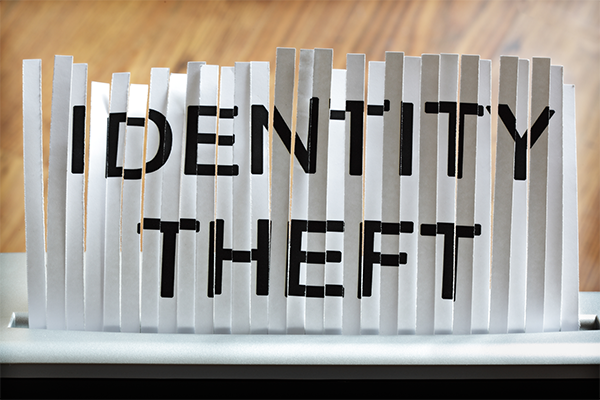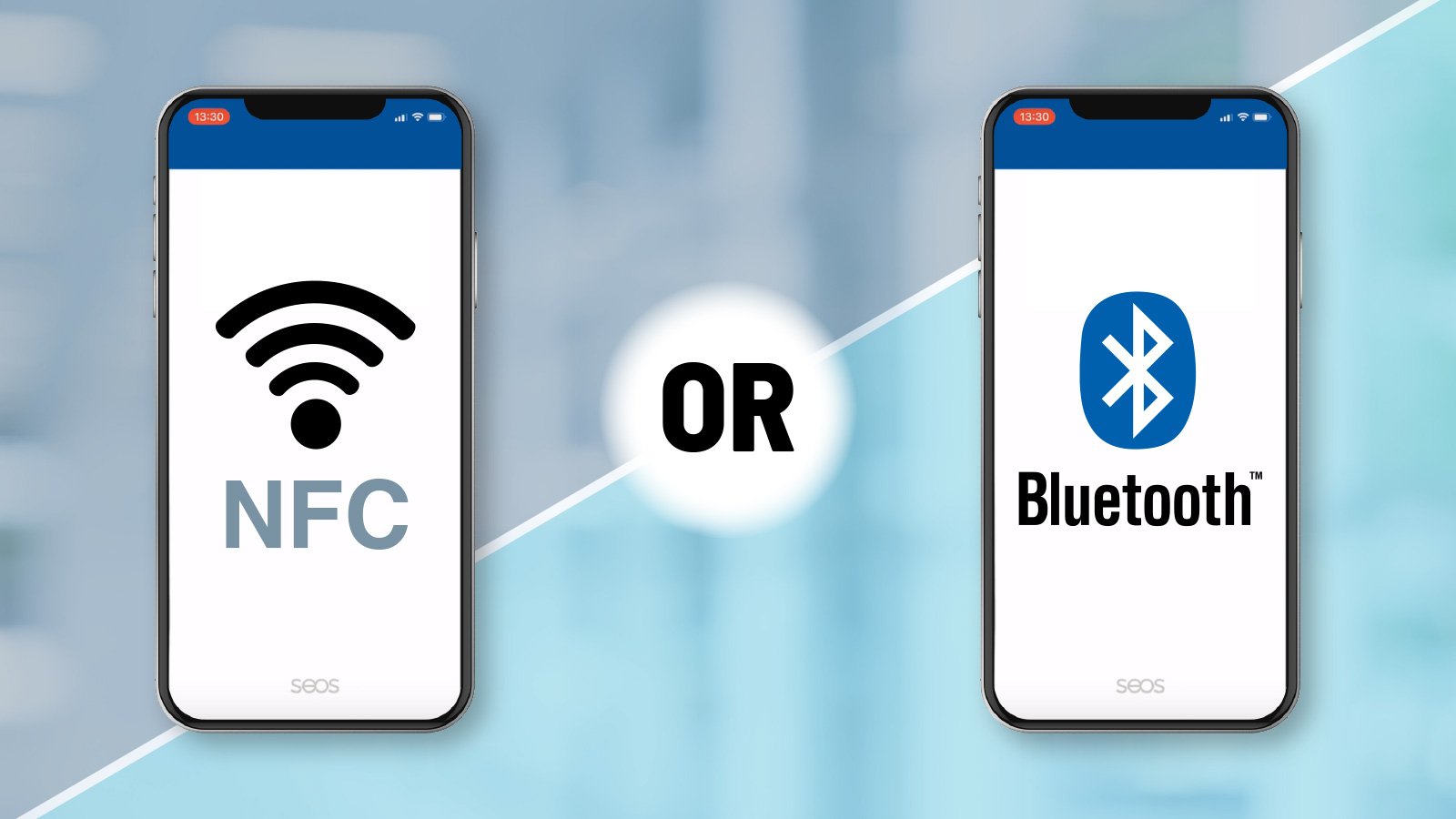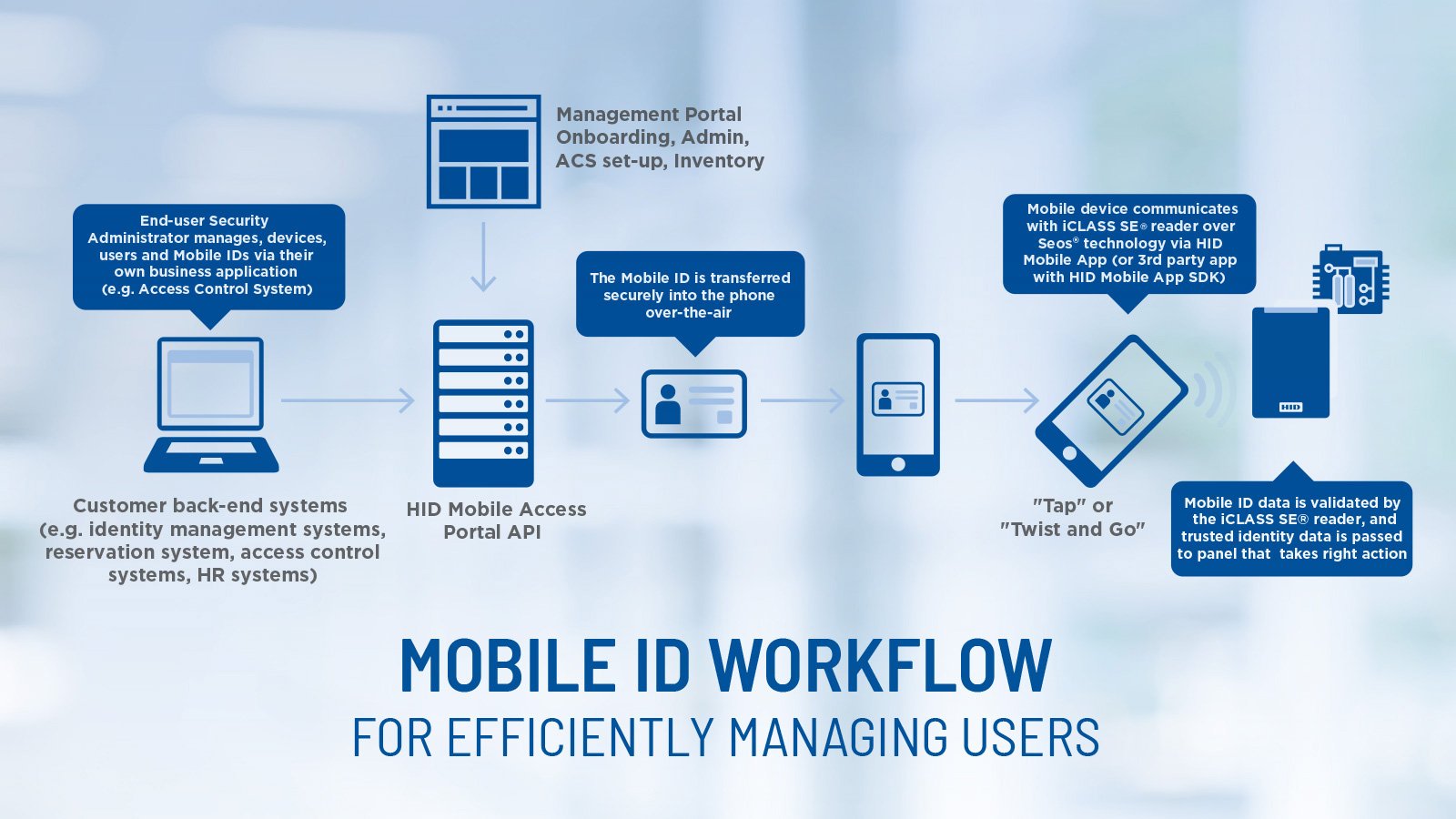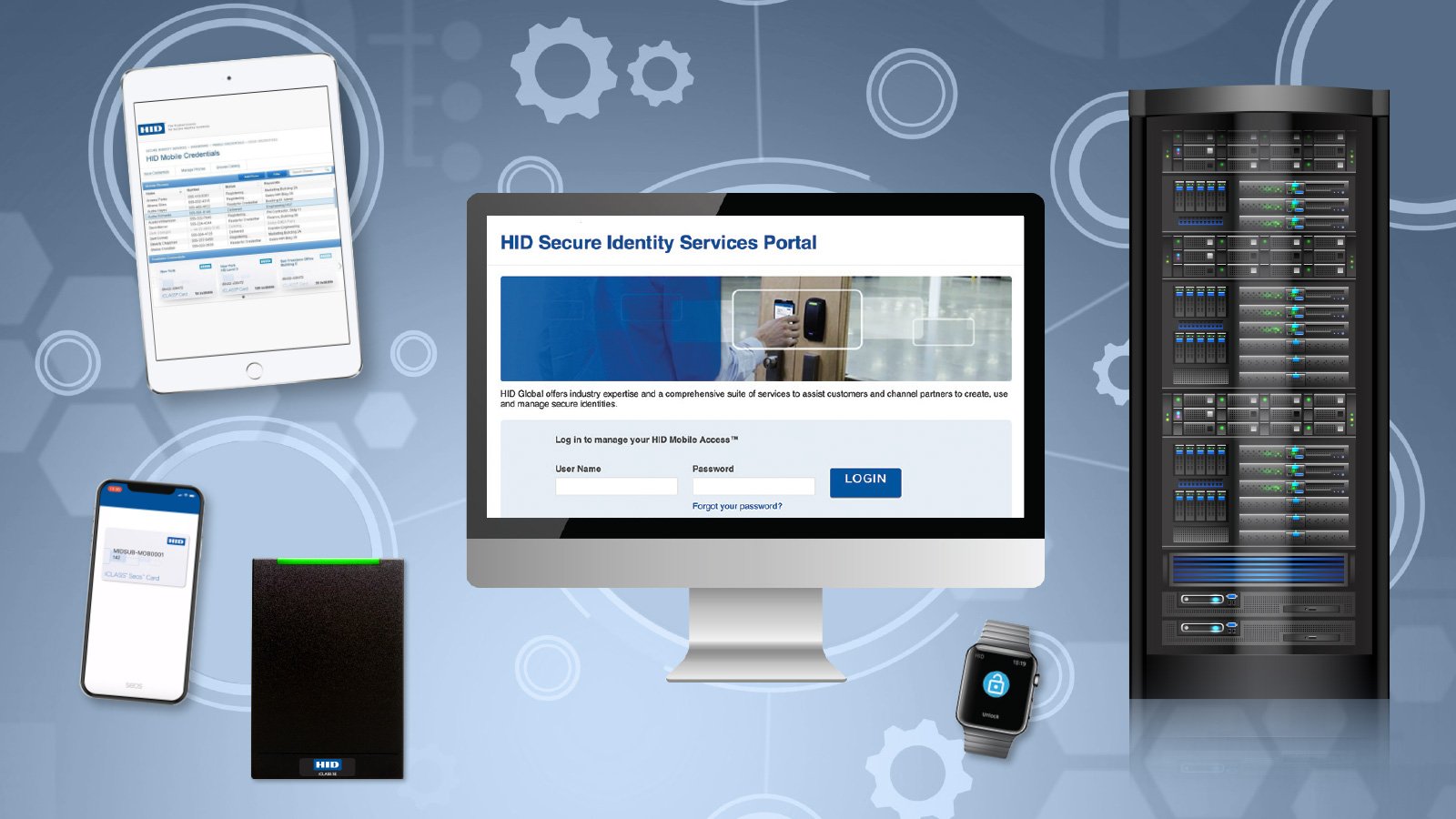Proximity cards have served their purpose. Wave the contactless card and gain access. It’s an easy way to provide a layer of security to access control. Or is it?
A Lack of Security
Proximity cards lack the security that you can achieve with other access control solutions. The low-frequency (125Khz) of the technology leaves a gaping hole for hackers and identity thieves to steal unencrypted information. All they need is an inexpensive card reader/writer to steal the credentials and create a duplicate card. Your identity and access codes become available to anyone in close proximity to the proximity card. Your security system is then tracking an intruder under the guise of an authorized employee or visitor. You don’t “see” who’s accessing your facility, so your security is compromised.
A New Generation of Cards
We’re now in the second generation of contactless smart cards, a technology that has evolved from proximity cards. The low frequency of the early proximity cards has risen to a standard of 13.56 MHz. Today’s contactless smart cards also store more data than proximity cards and with much higher security protocols.
Benefits of Contactless Smart Cards
- Authentication is built into the card’s chip, preventing unauthorized access to any data stored there.
- Secure data storage is covered by the smart card’s operating system, keeping the data on the card, which prevents a hacker from using the card to get into a database.
- Encryption can be managed in a variety of ways, including secure key storage, digital signing, and hashing.
- Biometrics are enabled with smart card technology—requiring a thumbprint or other unique identifier for a single sign-on—and the biometrics are stored on the card, not the reader.
- Secure card communication overcomes the problem of proximity cards because smart cards send and receive data in a secure manner that protects the information.
Migrating to Smart Cards
Your access control cards and ID badges should provide a higher level of protection than proximity cards can offer. You have the option of transitioning to the newer technology by moving to upgraded readers that will accommodate the legacy proximity cards while also reading smart cards. You can then migrate to the production of smart cards for access control without entirely rebadging your population. Conversely, you can replace the current badges and then replace the existing readers over time.
J. O’Brien specializes in access control cards and ID badges. We can guide you through the solution that will deliver the best results within your budget. Take a look at our overview of the 30-year progression of access control, and download the executive brief, “Two Paths to Upgrade Your Access Control Technology” to learn more about the constraints of proximity cards and the potential of smart cards. Then talk to us to migrate toward a more secure access control solution.






